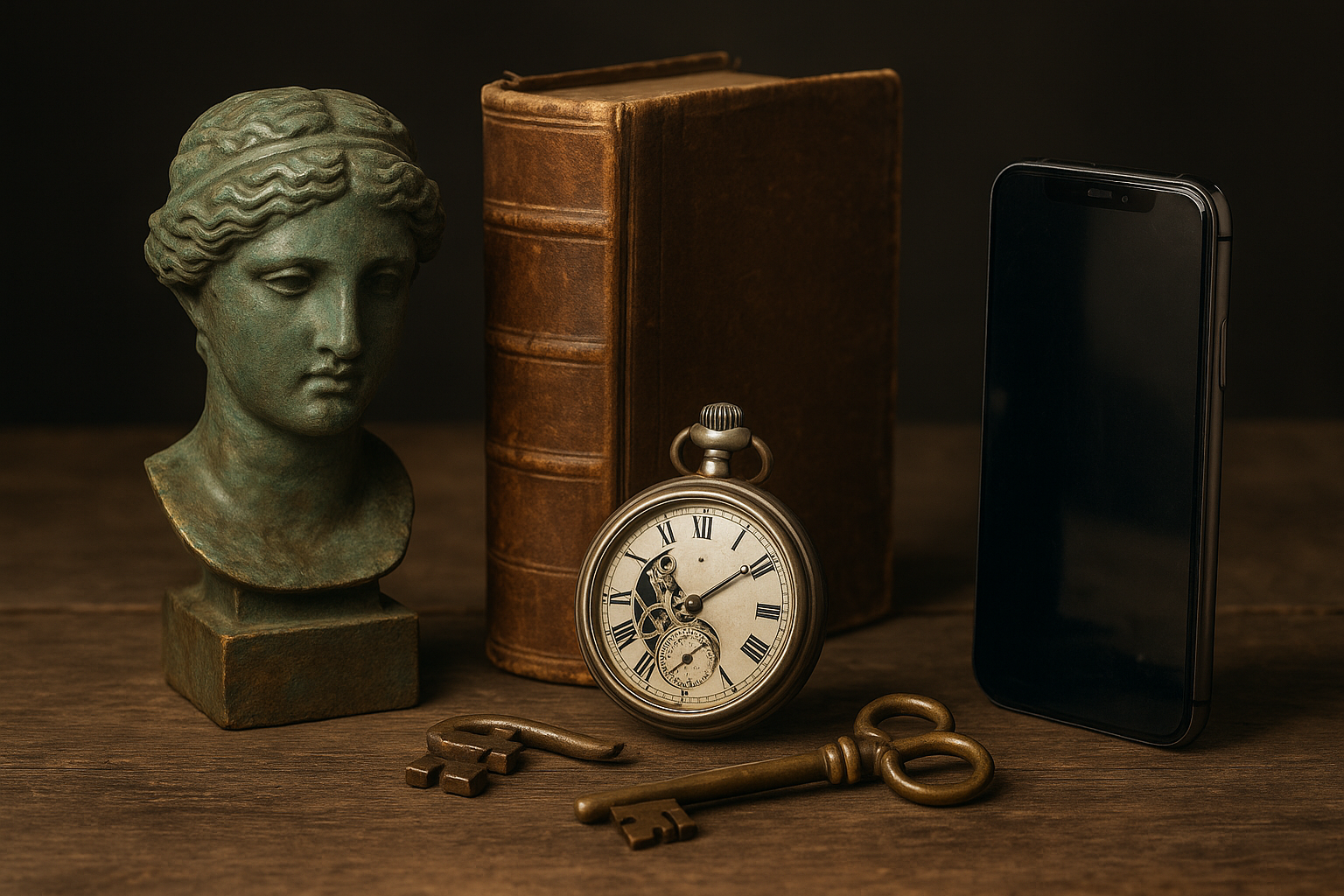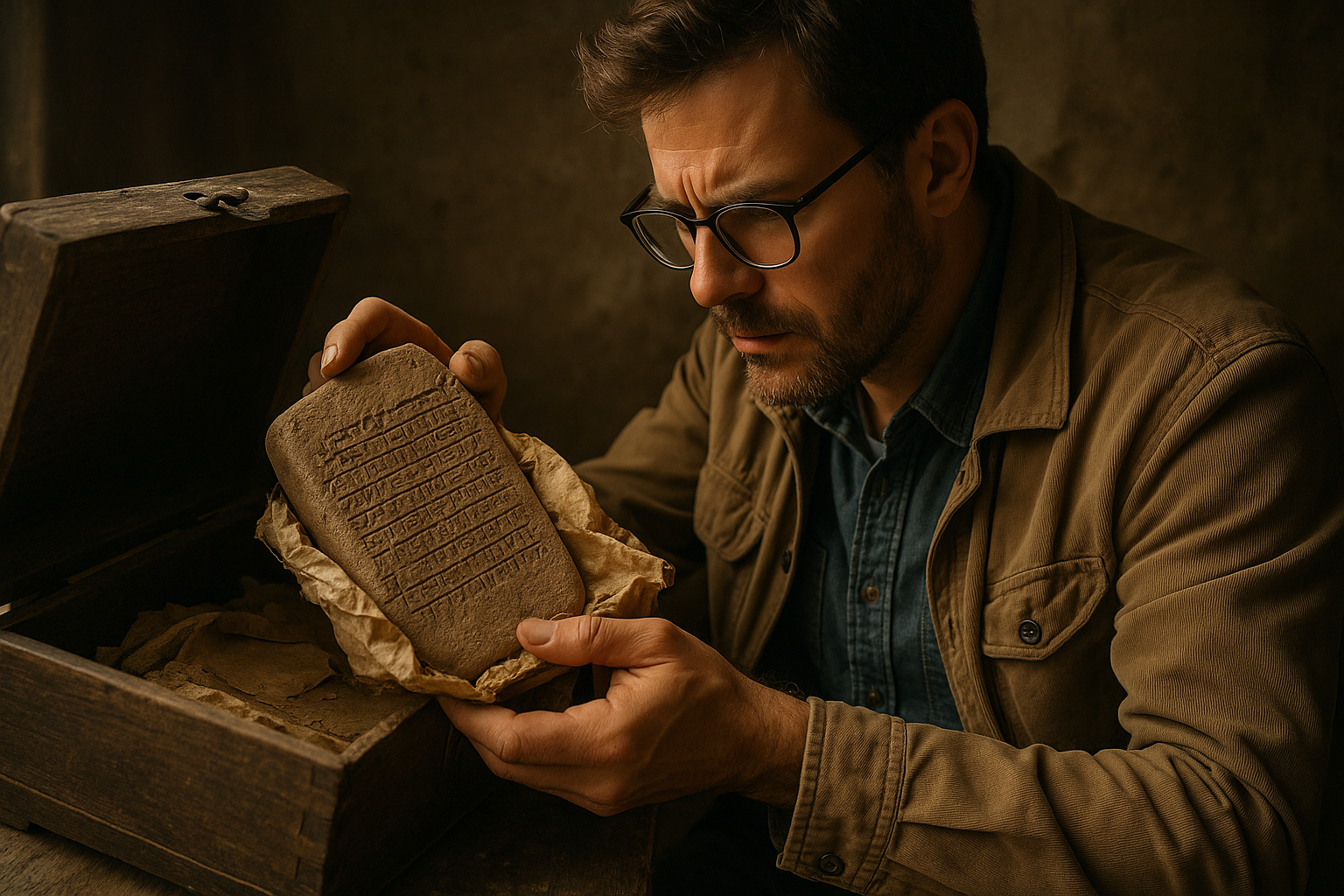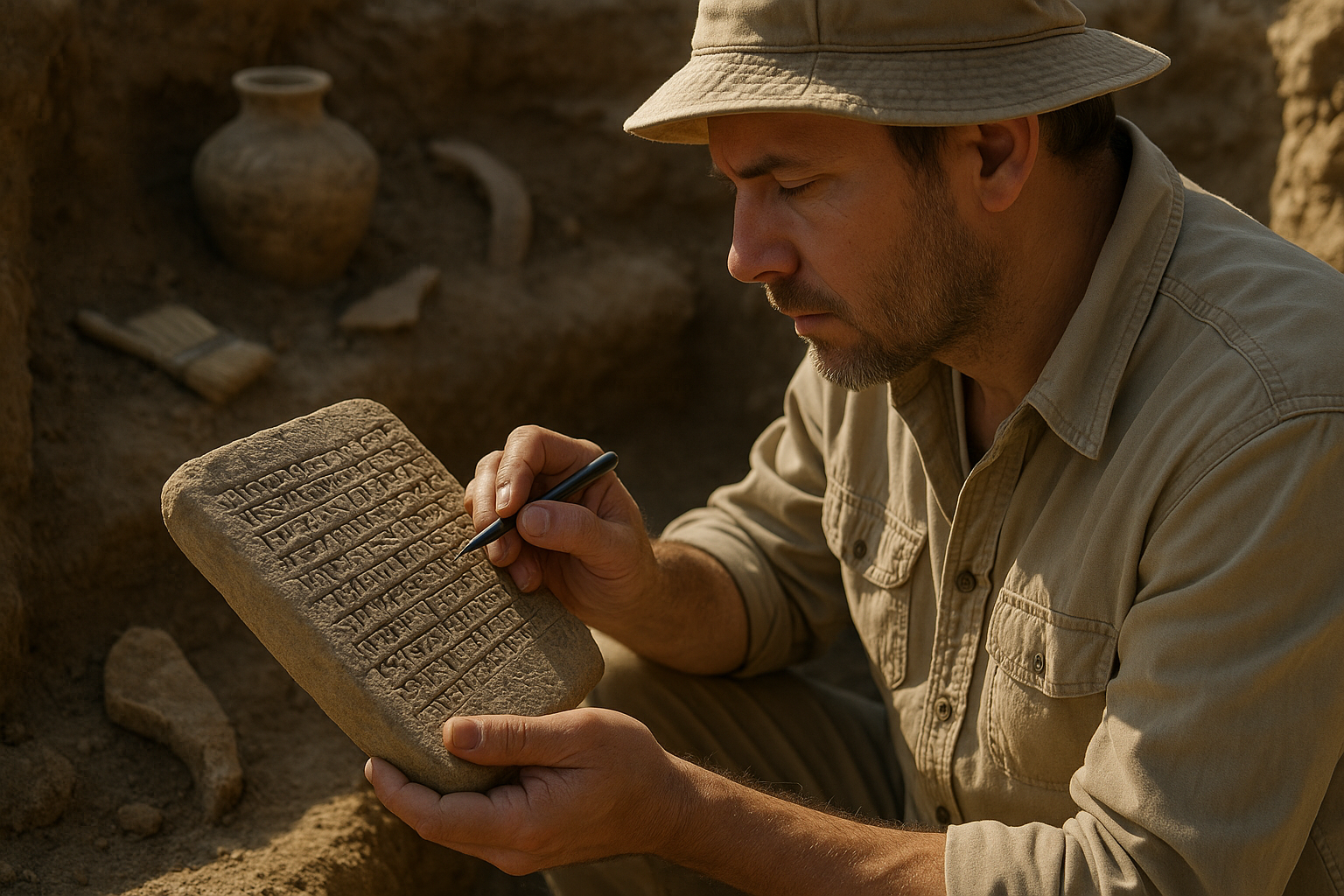Throughout human history, our ancestors have left behind remarkable tools and traditions designed to bridge the gap between the living and those who came before us. These forgotten vessels of communication hold secrets waiting to be rediscovered.
🔮 The Sacred Artifacts That Connected Generations
Ancient civilizations understood something profound about memory and communication that modern society is only beginning to rediscover. They created physical and spiritual vessels specifically designed to carry messages, wisdom, and stories across the boundaries of time and existence. These weren’t merely decorative objects or religious trinkets—they were sophisticated communication technologies in their own right.
From the oracle bones of ancient China to the talking drums of West Africa, from European scrying mirrors to Polynesian spirit boards, every culture developed unique methods to maintain dialogue with ancestral wisdom. These vessels served as interfaces between the material and spiritual worlds, allowing communities to seek guidance, preserve knowledge, and maintain cultural continuity across generations.
What makes these artifacts particularly fascinating is their intentional design. They weren’t created haphazardly but followed specific principles believed to facilitate communication. The materials chosen, the symbols inscribed, the rituals surrounding their use—every element played a crucial role in their function as bridges between past and present.
📜 Written Records: The Original Communication Vessels
Before we explore more mystical forms of ancestral communication, we must acknowledge the most enduring vessel of all: written language. Ancient texts, inscriptions, and manuscripts represent humanity’s first successful attempt at asynchronous communication across time.
The clay tablets of Mesopotamia, Egyptian papyrus scrolls, and medieval illuminated manuscripts weren’t just record-keeping tools. They were deliberate attempts to send messages into the future, to ensure that knowledge, laws, stories, and cultural values would survive beyond individual lifetimes. These written vessels carried the actual voices of the past in a way that few other artifacts could match.
Consider the Dead Sea Scrolls or the library of Ashurbanipal—these collections weren’t assembled merely for contemporary use. The scribes and scholars who created them understood they were building communication channels that would extend centuries into the future. Each carefully inscribed character was a thread connecting past to present to future.
The Power of Genealogical Records
One particularly powerful category of written vessels deserves special attention: genealogical records. Family trees, birth records, and ancestral chronicles served dual purposes. They documented lineage and inheritance rights, but they also created a tangible connection to ancestors that could be physically touched and consulted.
In many cultures, these records were treated with reverence bordering on the sacred. Japanese family registries (koseki), European heraldic rolls, and Chinese genealogical books (zupu) were preserved, updated, and consulted during important family decisions. They weren’t merely historical documents—they were active communication tools that allowed descendants to “consult” with their ancestors about identity, responsibility, and tradition.
🎭 Oral Traditions as Living Vessels
While physical artifacts capture our imagination, we mustn’t overlook the most adaptable vessel of ancestral communication: oral tradition. Stories, songs, proverbs, and ritual recitations carried information across generations with remarkable fidelity, often for thousands of years before being written down.
The griots of West Africa, Aboriginal Australian songlines, Norse skalds, and Celtic bards weren’t entertainers in the modern sense. They were living libraries and communication conduits. Their memorized stories and songs contained encoded information about history, geography, law, medicine, and spiritual knowledge. Each performance was an act of communication with and from the ancestors.
What makes oral tradition particularly remarkable is its interactive nature. Unlike static written texts, oral traditions evolved slightly with each telling, allowing ancestral wisdom to remain relevant to changing circumstances while preserving core messages. The storyteller served as both receiver and transmitter, interpreting ancestral messages for contemporary audiences.
Ritual Language and Ancestral Invocation
Specialized forms of ritual language represent another dimension of oral vessels. Many cultures developed specific linguistic registers used exclusively for communicating with ancestors or spirits. These sacred languages—whether Latin in Catholic mass, Sanskrit in Hindu ceremonies, or the specialized vocabularies of shamanic traditions—created linguistic bridges to the past.
The very act of speaking these ancient words was believed to open communication channels. The sounds themselves, unchanged for centuries or millennia, carried power. Practitioners believed that ancestors would recognize and respond to these familiar linguistic patterns, making the ritual language itself a vessel for two-way communication.
🗿 Physical Objects as Communication Tools
Beyond texts and stories, numerous physical objects served as vessels for ancestral communication. These artifacts operated on principles quite different from writing—they weren’t meant to convey specific verbal messages but rather to facilitate contact, provide guidance, or maintain presence.
Ancestor masks in African and Oceanic cultures weren’t mere representations—they were believed to become temporary dwelling places for ancestral spirits during ceremonies. When worn by initiated dancers, these masks transformed the wearer into a channel for ancestral presence. The community could literally see and hear the ancestors speaking and moving among them.
Similarly, ancestor tablets in East Asian traditions served as focal points for family communication with the departed. These simple wooden plaques, inscribed with names and dates, were treated as active presences. Families reported important events to them, sought advice, and maintained relationships with deceased members through these physical anchors.
Divination Tools: Reading Ancestral Messages
Divination systems represent perhaps the most sophisticated category of communication vessels. These tools—whether runes, tarot cards, I Ching coins, or cowrie shells—were designed specifically to receive and interpret messages from beyond ordinary perception.
The genius of these systems lies in their structured randomness. They provide frameworks for pattern recognition that practitioners believed allowed ancestral wisdom or spiritual guidance to influence outcomes. The symbols, images, and meanings encoded in divination tools carried centuries of accumulated wisdom, while their random selection process opened channels for non-ordinary communication.
Archaeological evidence shows these weren’t superstitious toys but central technologies in decision-making for ancient civilizations. Chinese emperors consulted the I Ching before major decisions. Celtic druids cast runes to determine auspicious timing. These weren’t acts of blind faith but sophisticated attempts to access information beyond ordinary sensory channels.
🏛️ Architectural Vessels: Buildings That Remember
Architecture itself served as a vessel for ancestral communication. Sacred sites, temples, and monuments were designed not just to honor the dead but to facilitate ongoing relationships with them. The spatial arrangements, orientations, and decorative programs of these structures encoded messages and created environments where communication with ancestors was believed to be easier.
Consider the elaborate tomb structures found worldwide—Egyptian pyramids, Chinese imperial mausoleums, Etruscan necropolises, or Mayan burial pyramids. These weren’t simply graves but communication hubs. Their internal chambers, inscriptions, and offerings created permanent addresses where descendants could visit and commune with ancestors.
The Gothic cathedrals of medieval Europe functioned similarly. Their stained glass windows told ancestral stories in light and color. Their stone carvings preserved faces and deeds of the departed. Their acoustic properties amplified Gregorian chants that had echoed through centuries. The buildings themselves were multisensory communication devices connecting present worshippers with Christian ancestors and saints.
🌿 Natural Vessels: Sacred Trees, Stones, and Waters
Not all vessels were human-made. Many cultures identified natural features as communication points with ancestors. Sacred trees, stones, springs, and mountains served as meeting places between worlds, locations where the boundary between past and present, material and spiritual, became permeable.
The Celtic veneration of oak groves, Shinto recognition of kami in natural features, Aboriginal identification of sacred sites in the landscape—these traditions all recognized certain natural locations as having special communicative properties. These weren’t arbitrary choices but often reflected geographical features with unusual characteristics: acoustic properties, magnetic anomalies, or visual prominence.
Trees particularly served as powerful symbols and practical tools for ancestral communication. Their roots reached into the earth (the realm of the dead), their trunks existed in the present world, and their branches extended toward the heavens (the realm of spirit). Family trees weren’t just metaphors—they reflected genuine beliefs about how ancestry functioned like botanical growth, with the living as branches extending from ancestral roots.
📱 Modern Rediscovery: Digital Vessels for Ancient Wisdom
In our contemporary world, interest in ancestral communication hasn’t disappeared—it has transformed. Modern technology has created new vessels that parallel ancient functions while adding unprecedented capabilities. Digital genealogy platforms, DNA testing services, and family history apps represent twenty-first-century approaches to the timeless human need to connect with ancestors.
These digital tools allow us to uncover forgotten family stories, map ancestral migrations, and discover relatives we never knew existed. They’ve democratized genealogical research that was once the province of aristocrats and professional historians. Now anyone can trace their lineage, preserve family stories, and create digital vessels that will carry their own voices to future descendants.
Virtual reality and augmented reality technologies are taking this further, creating immersive experiences of ancestral places and times. Imagine walking through a 3D reconstruction of your great-grandparents’ village or hearing their voices in archived recordings. These technologies create new types of vessels—digital bridges that make the past tangible in unprecedented ways.
Preserving Family Stories in the Digital Age
Social media platforms, video recording apps, and digital storytelling tools have become modern equivalents of oral tradition. When grandparents record video messages for future grandchildren, when families create memorial pages for departed loved ones, when genetic communities connect through DNA testing platforms—these are all contemporary expressions of the ancient impulse to maintain communication across generations.
The permanence and accessibility of digital media create new possibilities and challenges. Unlike oral traditions that evolved with each telling, or physical artifacts that degraded over time, digital records can persist unchanged indefinitely. This creates unprecedented opportunities for future generations to know their ancestors’ actual voices, faces, and stories—but also raises questions about privacy, interpretation, and the evolution of memory.
🔑 Unlocking Your Own Ancestral Connections
Understanding these historical vessels of communication isn’t merely an academic exercise—it offers practical pathways for modern people seeking connection with their own ancestral heritage. You don’t need elaborate artifacts or arcane knowledge to begin this exploration. Simple practices can open surprising doorways.
Start with family stories. Interview older relatives while you still can. Record their voices, photograph their faces, document their memories. These recordings become vessels that will carry their presence to future generations. Create a family archive—physical or digital—that preserves letters, photographs, documents, and heirlooms that tell your family’s story.
Research your genealogy using both traditional records and modern DNA testing. Each discovered ancestor is a thread reconnecting you to forgotten parts of your heritage. Visit ancestral places if possible—the homes, neighborhoods, countries where your forebears lived. Physical presence in ancestral locations can create powerful connections.
Consider adopting or adapting traditional practices. Create a family altar or memory table with photographs and meaningful objects. Establish family rituals that honor and remember ancestors—annual gatherings, storytelling traditions, or memorial observances. These practices create ongoing vessels for ancestral presence in your life.

💫 The Timeless Need to Remember and Be Remembered
The vessels of ancestral communication we’ve explored—from oracle bones to DNA databases, from ancestor masks to video recordings—all serve the same fundamental human needs. We seek continuity across time, wisdom from those who came before, and assurance that we too will be remembered.
These forgotten vessels remind us that we stand in an unbroken chain of human experience stretching back thousands of generations. Each of us is both recipient and transmitter, inheritor and ancestor-in-training. The ways we choose to remember our ancestors and the vessels we create for our own memories will shape how future generations understand themselves and their place in the human story.
The past isn’t truly past—it lives in us, in our genes, our cultures, our languages, and our stories. By rediscovering and reinventing vessels of ancestral communication, we don’t just honor history. We actively participate in the ongoing conversation that connects all humans across time, ensuring that the wisdom, struggles, and love of our ancestors continue to guide and inspire us today and into the future.
The vessels are there, waiting to be unlocked. The messages are preserved, ready to be received. All that’s required is our willingness to listen, remember, and carry these precious communications forward into whatever future we’re building. In doing so, we become vessels ourselves—living bridges between the world that was, the world that is, and the world that will be.
Toni Santos is a temporal researcher and symbolic archaeologist specializing in the study of forgotten burial systems, sacred archival practices, and the visual languages embedded in ancient temporal lore. Through an interdisciplinary and artifact-focused lens, Toni investigates how humanity has encoded knowledge, memory, and mystery into the temporal world — across cultures, rituals, and vanished civilizations. His work is grounded in a fascination with time capsules not only as vessels, but as carriers of hidden meaning. From extinct burial ritual practices to mythical codices and secret temporal seals, Toni uncovers the visual and symbolic tools through which cultures preserved their relationship with the temporal unknown. With a background in design semiotics and temporal artifact history, Toni blends visual analysis with archival research to reveal how time capsules were used to shape identity, transmit memory, and encode sacred knowledge. As the creative mind behind eltonxy, Toni curates illustrated chronologies, speculative temporal studies, and symbolic interpretations that revive the deep cultural ties between artifacts, ritual markings, and forgotten messages. His work is a tribute to: The lost temporal wisdom of Forgotten Time Capsule Burial Rituals The guarded archives of Sacred Codices and Forgotten Temporal Archives The mythopoetic presence of Temporal Symbols and Ritual Markings The layered visual language of Vanished Artifacts and Temporal Messages Whether you're a temporal historian, symbolic researcher, or curious gatherer of forgotten chronological wisdom, Toni invites you to explore the hidden roots of time capsule knowledge — one seal, one glyph, one message at a time.




